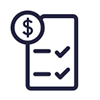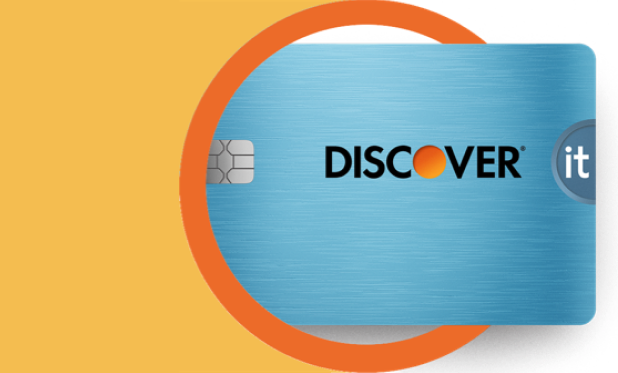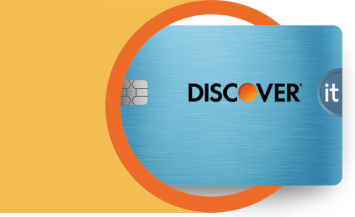If you’ve ever seen someone pay for their morning coffee with a simple tap of their credit card or debit card, you likely understand the appeal of contactless pay. Paying with a quick tap, instead of using an EMV chip reader or swiping the magnetic stripe, seems so seamless and easy. But is it as secure as it is convenient? Read along for everything you need to know about contactless credit cards.

What is a Contactless Credit Card?
7 min read
Last Updated: November 13, 2024
Next steps

See if you're pre-approved

View all Discover credit cards
See rates, rewards and other info
You may also be interested in
Was this article helpful?
Was this article helpful?
Back to article
Expand
-
Legal Disclaimer: This site is for educational purposes and is not a substitute for professional advice. The material on this site is not intended to provide legal, investment, or financial advice and does not indicate the availability of any Discover product or service. It does not guarantee that Discover offers or endorses a product or service. For specific advice about your unique circumstances, you may wish to consult a qualified professional.


